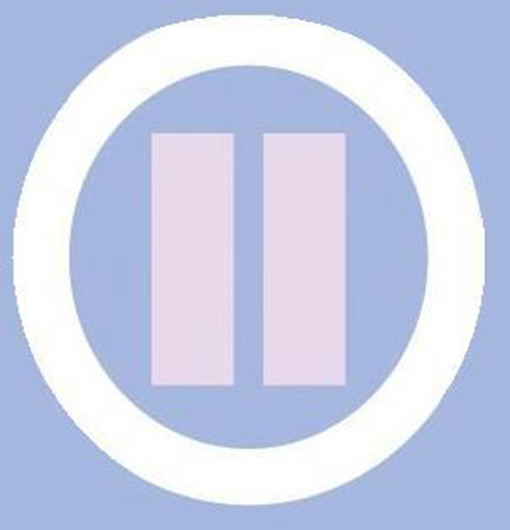Author: Louis Cole
For many, cancer is hitting a little closer to home these days. The American Cancer Society’s Cancer Facts & Figures for 2010 says about 569,490 Americans are expected to die of cancer this year. That is more than 1,500 people a day. In the U.S., cancer accounts for nearly 1 of every 4 deaths.
According to the American Cancer Society, lung cancer accounts for more deaths than any other cancer in both men and women. Smoking, second hand smoke and radon are the leading causes of lung cancer. Radon, a colorless, odorless, radioactive gas, is responsible for about 21,000 lung cancer deaths every year. About 2,900 of these deaths occur among people who have never smoked.
Radon forms from the decay of naturally occurring uranium, which is found in soil and rock throughout the world. It typically enters the home through cracks in the foundation wall or floors, gaps in suspended floors, around pipes or construction joints, as well as through cavities inside the walls. It can also enter through the water supply, although the EPA says in most cases the radon entering the home through water is a small risk compared with radon entering your home from the soil.
The EPA’s booklet “A Citizen’s Guide to Radon,” says nearly 1 out of every 15 homes in the U.S. is estimated to have elevated radon levels. And radon has been detected in every state. The only way to know if your home has dangerous levels of radon is to test it. The amount of radon in the air is measured in “Pico curies per liter of air,” or “pCi/L.” There are low-cost “do-it-yourself” radon test kits available through the mail and in hardware stores and other retail outlets. However, you can also hire a qualified radon tester to do the testing for you.
If you find you have radon in your home, it is possible to reduce radon levels.
Some techniques prevent radon from entering your home while others reduce radon levels after it has entered. EPA generally recommends methods which prevent the entry of radon. Soil suction, for example, prevents radon from entering your home by drawing the radon from below the home and venting it through a pipe, or pipes, to the air above the home where it is quickly diluted.
An effective method to reduce radon levels in homes with crawlspaces involves covering the earth floor with a high-density plastic sheet. A vent pipe and fan are used to draw the radon from under the sheet and vent it to the outdoors.
Sealing cracks and other openings in the foundation is a basic part of most approaches to radon reduction. Sealing the cracks limits the flow of radon into your home, thereby making other radon reduction techniques more effective and cost-efficient.
U.S. Surgeon General Health Advisory Richard Carmona said it best in 2005 when he issued a National Health Advisory on Radon. “Indoor radon is the second-leading cause of lung cancer in the United States and breathing it over prolonged periods can present a significant health risk to families all over the country,” he said. “It’s important to know that this threat is completely preventable. Radon can be detected with a simple test and fixed through well-established venting techniques.”
While we are not yet able to cure cancer, we can do what we can to eliminate carcinogens in our homes.
http://www.emecole.com or write to 50 E. Montrose Dr. P.O. Box 7486, Romeoville, IL 60446.
Article Source: http://www.articlesbase.com/home-improvement-articles/health-risks-of-radon-and-ways-to-reduce-the-threat-3143994.html
About the Author
Louis F. Cole, the founder and president of Emecole, Inc. launched the company in 1987. Lou has Master degrees in organic chemistry, polymer engineering, and business administration.
His experience in epoxy and urethane technology began in 1964 when he joined Union Carbide’s Research & Development group. He has been involved in this technology since then.
Lou was very interested in concrete repair before starting Emecole. He set out to develop a more affordable, improved method of foundation repair. He came up with the concept of dual-cartridge dispensing of two-component materials, using a spring-assisted dispensing tool similar to a caulking gun.
The application that seemed to show the most promise for his dual-cartridge system was low-pressure injection repair of cracks in concrete. That gave him the impetus to develop a line of epoxies and polyurethane foams specifically formulated for those types of crack repairs.
He also has been granted 10 patents in the delivery and dispensing systems developed to effectively process these epoxies and urethanes.
About Manifest Excellence, LLC
Manifest Excellence, LLC supports people in improving personal wellness by addressing the five key areas that impact health. They combine over 20 years experience in traditional health promotion with a holistic and comprehensive wellness philosophy. This innovative combination creates effective tools and strategies for creating optimal health and wellness.
- 10 Quick, Easy Holiday Self-Care Tips - December 15, 2017
- Health Benefits of Kindness and Compassion - June 3, 2017
- Why Self-Care is Good for Your Health - May 10, 2017





